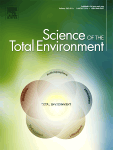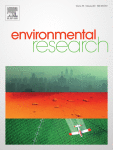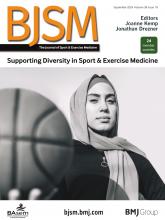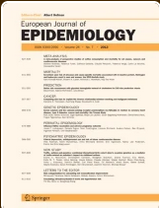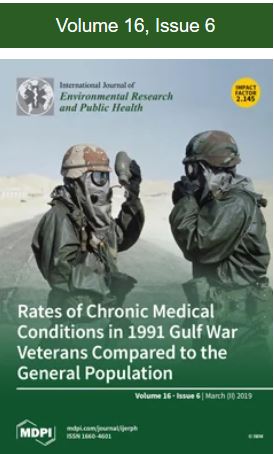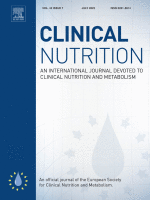Associations of persistent organic pollutants in serum and adipose tissue with breast cancer prognostic markers
This study aimed to evaluate associations between exposure to a group of persistent organic pollutants, measured in both adipose tissue and serum samples from breast cancer patients, and a set of tumor prognostic markers. The study population comprised 103 breast cancer patients recruited in Granada, Southern Spain. Data for tumor prognostic markers were retrieved from…



